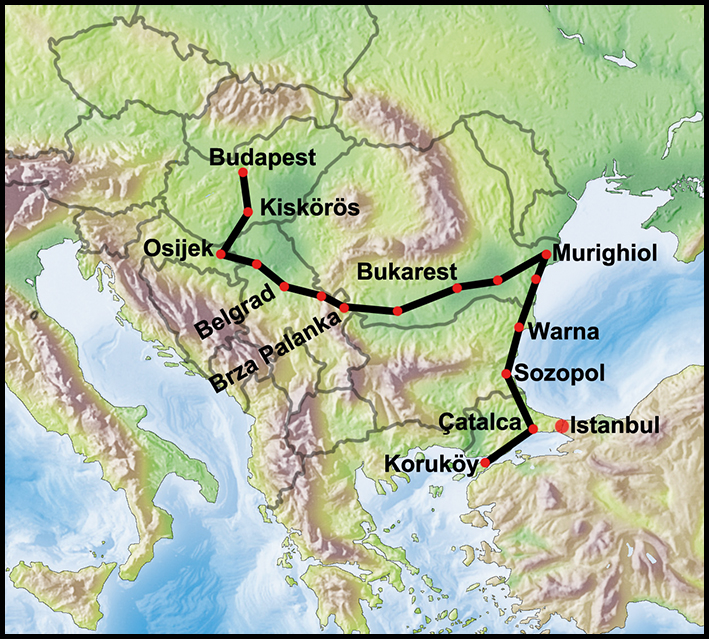
Introduction
The Danube River, flowing through 10 countries and spanning nearly 2,860 kilometres, stands as Europe’s second-longest river. This magnificent waterway is not just a geographical feature; it is a vital artery for trade, tourism, and cultural exchange, connecting various nations, cities, and diverse cultures. Its significance transcends mere utility, serving as a historical witness to the evolution of civilizations and fostering economic collaboration among the nations it traverses.
The Importance of the Danube River
From its origin in Germany’s Black Forest to its delta in Romania, the Danube offers a range of ecological and economic benefits. It supports diverse ecosystems that house numerous species of flora and fauna, making it an invaluable asset for environmental conservation. The river also plays a key role in the local and regional economies. With many major cities such as Vienna, Budapest, and Belgrade lying on its banks, it has become a hub for trade and tourism, attracting millions of visitors each year. In 2021, it was estimated that river tourism contributed approximately €4.5 billion to the economies of the Danube countries, underscoring its importance.
Recent Developments
Recently, the Danube River has garnered attention due to various initiatives aimed at enhancing its navigability and preserving its ecological integrity. In collaboration with the European Union, several projects have been launched to maintain and improve shipping routes, while also focusing on environmental sustainability. The EU’s Strategy for the Danube Region has set ambitious goals, including improving transport infrastructure and promoting a sustainable economy along the river. In 2023, an EU-backed programme announced a €50 million investment aimed at restoring habitats and upgrading ports along the Danube, ensuring that this vital waterway continues to flourish.
Conclusion
The Danube River is more than just a geographic feature; it is a cultural and economic lifeline that continues to shape the lives of millions across Europe. As initiatives to protect its ecosystem and enhance navigability progress, the river’s future looks promising. For readers, understanding the significance of the Danube can foster appreciation for this extraordinary natural resource, encouraging interests in sustainability, river tourism, and cultural exploration. Ultimately, the Danube River serves as a reminder of the interconnectedness of nations and the importance of collaborative efforts to protect our shared environments.
You may also like

Exploring Monmouth: History, Attractions and Community

Understanding Glasgow Airport and Its Significance
